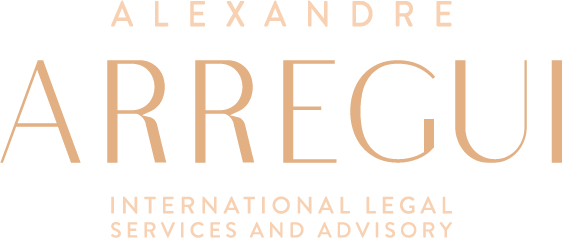WHAT’S A PROTECTOR?
The Protector is a physical person or legal entity appointed in the fiduciary contract terms (the Trust Deed) whose functions may vary according to the agreement with the individual or family’s needs such as verifying, supervising, and guaranteeing the proper fulfillment of the settlor’s provisions, maintaining a controlled outlook on the trustee’s actions in order to protect the Trust Deed’s established provisions. Likewise, the Protector, supervises specific actions within the structure’s lifetime, that may vary from controlling the execution of a banker and trustee’s services, up to verifying if a child’s school payment is being correctly paid, or that a medical treatment chosen by the settlor(s) has been carried on as pre-established by the settlor in cases of physical or mental incapacity.
WHO CAN DESIGNATE A PROTECTOR?
The Protector can be an individual, a committee, or a legal entity. The Protector doesn’t necessarily have to have an existing relationship or even a family connection even if it’s an indirect relation with the Settlor, but more commonly meets the demands met by professional Protectors who are specialists in monitoring and managing structures.
The advantage of using a Protector who isn’t related to the family and/or has no economic interest, for example financial professionals and family lawyers, is that they ensure that the provisions are fulfilled without emotional or economic interference, providing a smooth and transparent means of fulfilling the bequeathed wishes or special necessities that have been initially established and that arise a posteriori within establishing the initial provisions but that follow the principles and values assigned at the time of the confection of the Trust Deed.
WHO MUST THE PROTECTOR PROTECT?
During the Trust’s life, the Protector must ensure that the beneficiaries interests are being accomplished with priority and that their interests are being respected according to the wishes and rules established by the Settlor(s).
WHAT ARE THE PROTECTOR’S TYPICAL POWERS?
Benefits and Characteristics:
- Allows the Settlor to retain certain powers over the Trustees;
-
Offers comfort to the Settlors and Founders when there’s suspicion or concern that the Trustees do not adequately take the Settlor’s wishes into account according to the Settlor’s wishes;
-
Guarantees the Settlors that after their deaths, the Trust and the beneficiaries interests will be supervised;
-
Provide essential guidance at times of change and during unexpected events (for example mental or physical incapacity, previously non-existent tax levies, divorce, new legislation that is less beneficial, requests from illegitimate heir);
-
Ability to resolve disagreements between the Trustees and beneficiaries.
Protector Examples where the Trustees must obtain the Protector’s consent first are:
-
Protectors can receive “negative” and “positive” (or both) powers, for example when the Protector’s consent is necessary or when the Protector can give instruction on:
- Approve the addition of and removal of beneficiaries;
-
Approve the propose distributions of the Trust to the beneficiaries;
-
Amend the terms of the Trust Deed;
-
Approve a change in the Trust Law or the specific fiduciary structure
-
Rescind or approving the extinction of the Trust.
Powers that a Protector can exercise without referring to the Trustees
- Nominate substitute Protectors;
- Remove and designating new administrators (Trustees).
Other activities involving the Protector
-
Participate in or supervise investment review committees;
-
Approve the designation of agents or other professionals;
-
Supervise or approve Trustee remuneration;
- Revise and keep copies of the Trust’s official documents.
Professional protector services
- Work as a Protector according to what is determined in the Trust deed;
-
Provide consent or non-consent in terms of actions proposed by Trustees;
-
Make periodic reviews to the Trust and Trustees transactions;
- Participation in Trustee meetings and writing up reports for Settlors and beneficiaries (if requested);
- The possibility of succeeding Protectors within preexisting structures;
- Advise other Protectors on the performance of their duties.
